Provide young readers with concrete examples of reading strategies with a set of 18 ready-made reading anchor charts.
Teaching Reading Strategies – Anchor Charts Help!
Get ready to supercharge your reading instruction and boost student comprehension skills with the perfect tool! Anchor Charts!
What is an Anchor Chart?
An anchor chart is a tool used to support instruction. As you teach a lesson, you create a chart, together with your students, that captures the most important content and relevant strategies. These charts help to build a culture of literacy in the classroom by making student learning visible at all times. This set of EIGHTEEN reading comprehension skill anchor charts are the perfect classroom display or student reference sheet to be held inside an interactive notebook.
Expertly designed, both the color and black and white versions are easy to print, easy to read, and absolutely a breeze to use in the classroom. Your download includes all eighteen reading anchor charts in both color and in black and white.
Display these educational anchor charts in your classroom as prompts for students when completing reading comprehension activities.
Daily Skill Review with Anchor Charts for Reading
The resources included in this pack include:
- Compare and contrast anchor chart
- Recognize cause and effect anchor chart
- Main idea anchor chart
- Recall facts and details anchor chart
- Sequencing anchor chart
- Making predictions anchor chart
- Summary anchor chart
- Author’s purpose anchor chart – author’s message
- Context clues anchor chart
- Drawing a Conclusion or Making an Inference anchor chart
- Fact and opinion anchor chart
- Figurative language anchor chart
- Real or Make Believe anchor chart
- Making Connections anchor chart
- Monitor understanding anchor chart
- Ask questions anchor chart
- Visualizing anchor chart
- Activate prior knowledge anchor chart
Easily Download & Print
Use the dropdown icon on the Download button to choose between the PDF or Google Slides version of this resource.
Get more anchor charts to have handy!
While you’re here, check out more activities, anchor chart examples, and teaching resources that fill your lesson plans and students’ brains:
[resource:4402054] [resource:46176] [resource:46248]
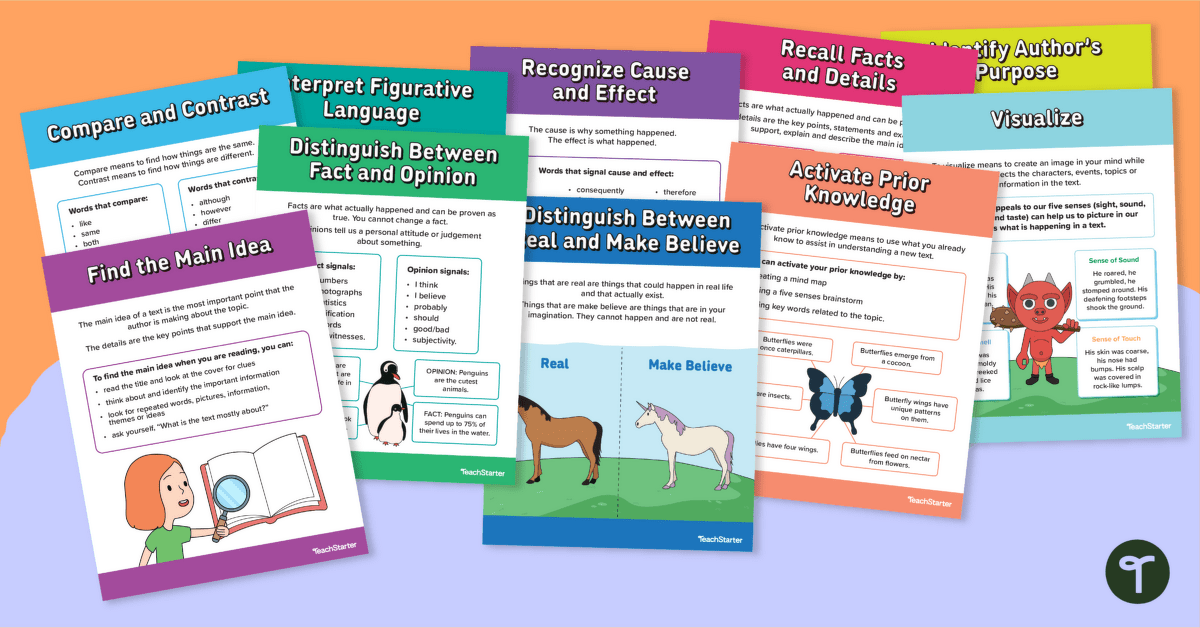

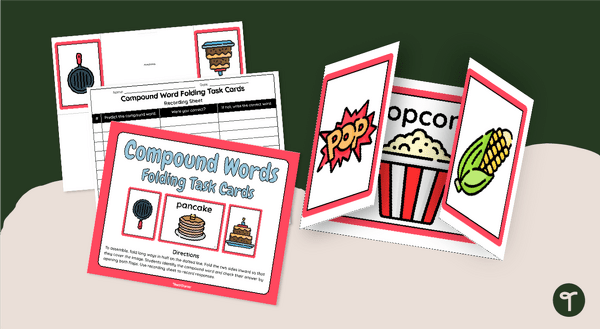
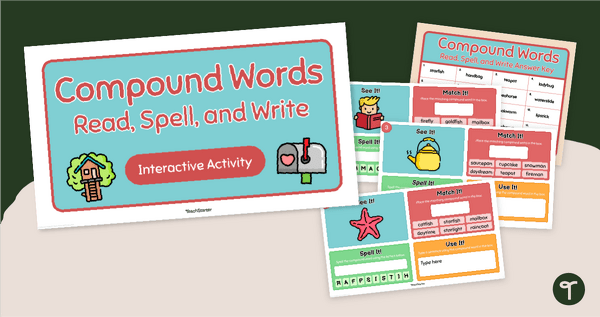
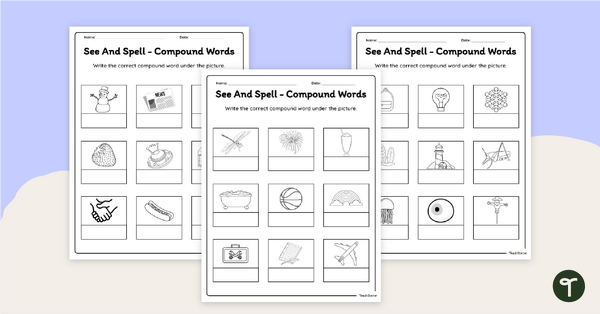
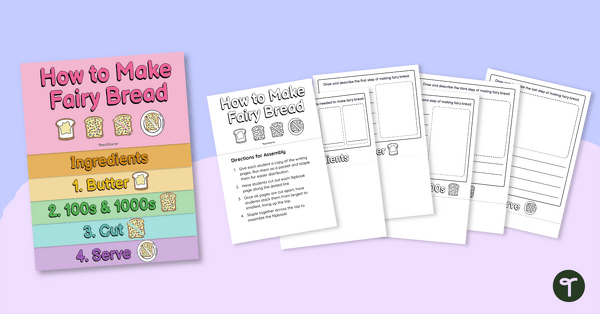
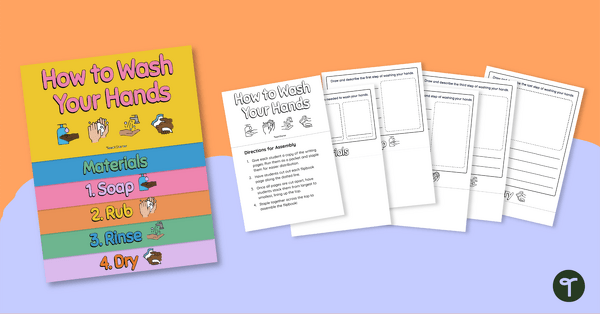
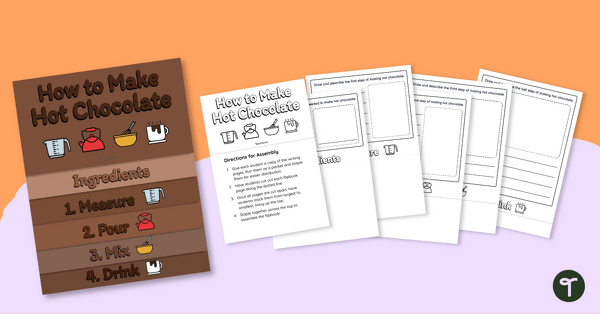
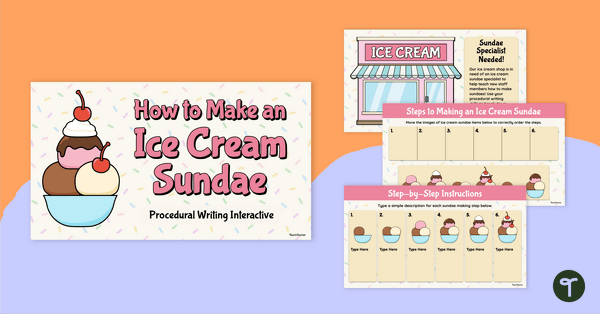
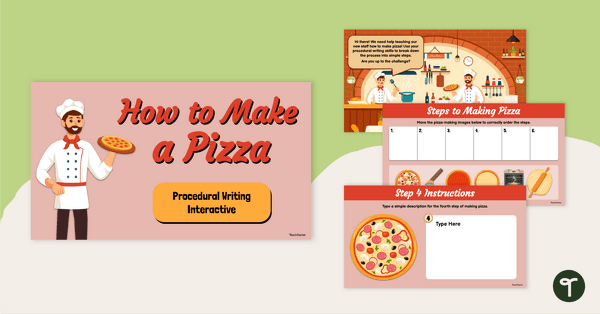
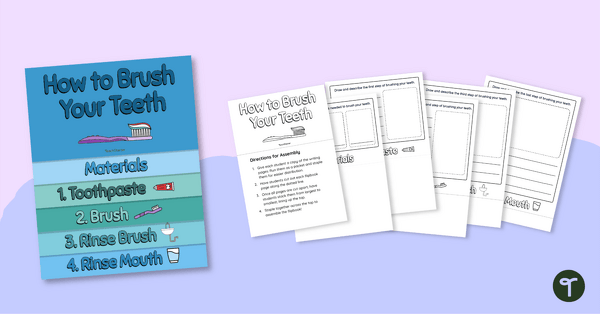
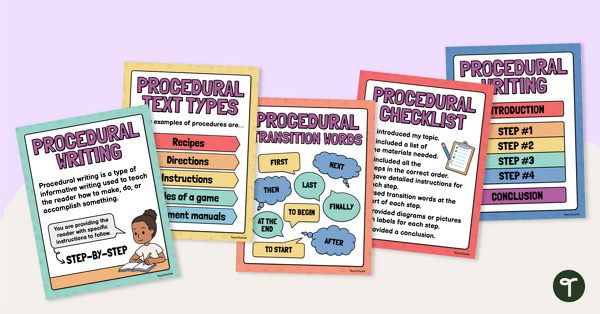
0 Comments
Write a review to help other teachers and parents like yourself. If you'd like to request a change to this resource, or report an error, select the corresponding tab above.